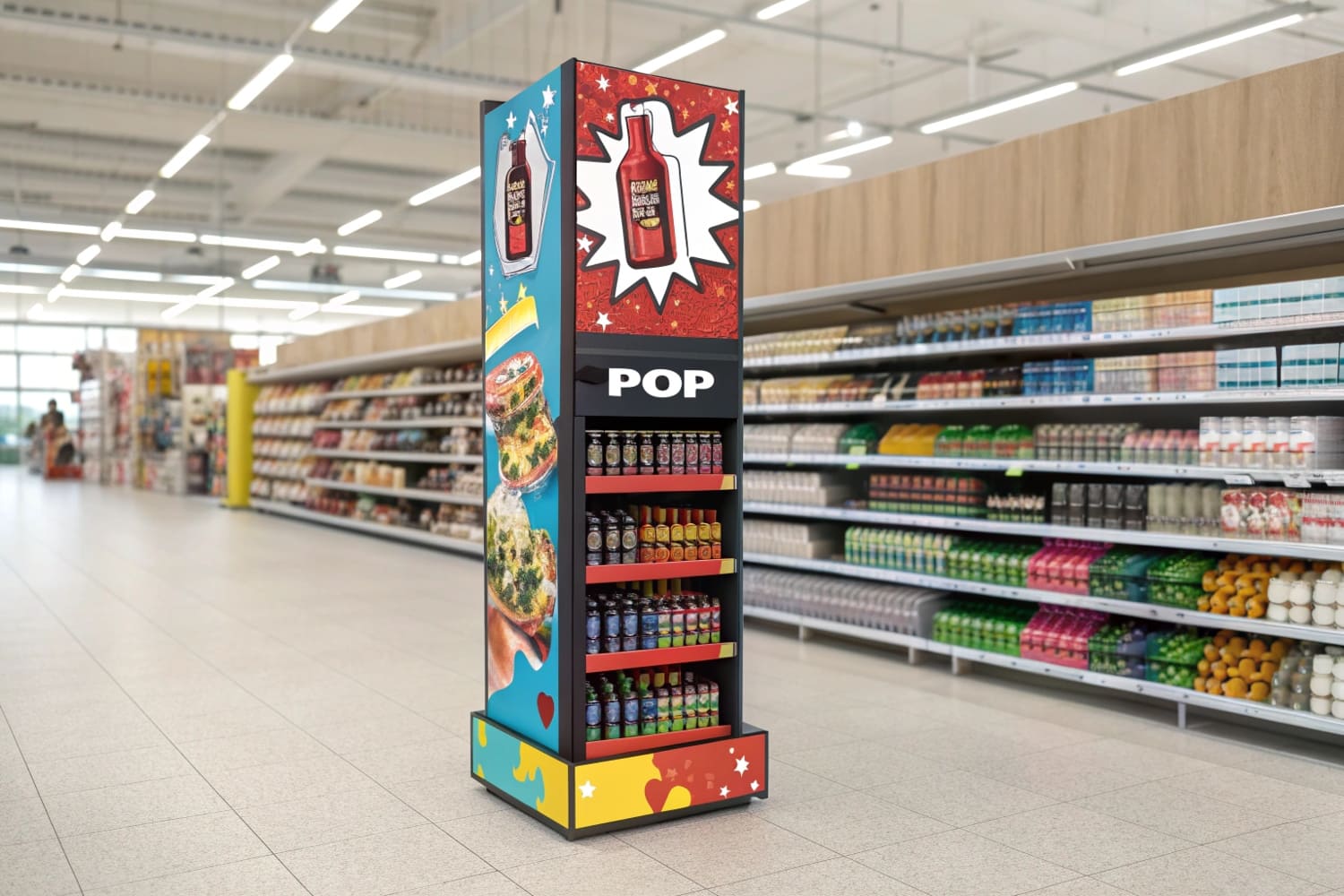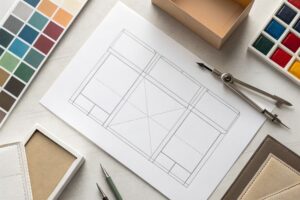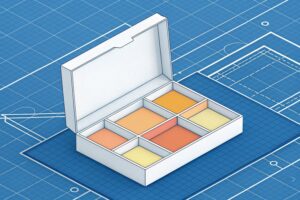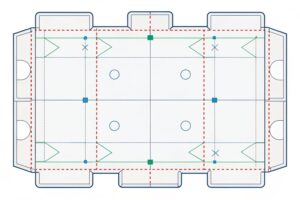Shoppers skip past cluttered shelves. My clients lost launches because products hid in plain sight. I fix that with simple, fast POP displays that pull eyes and trigger buys.
POP display stands are temporary, branded fixtures near products or checkout that draw attention and drive impulse sales. They use corrugated cardboard or paperboard, bold print, and custom structure for launches or seasons, then recycle after use.
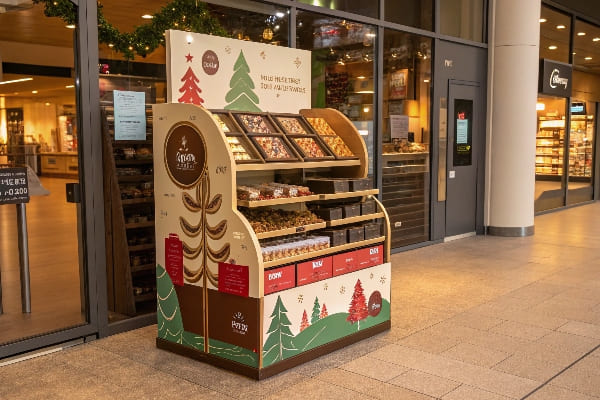
I will explain the core terms, show formats that work, map trade-offs, and clarify POP vs POS. I will add checklists from live factory work in Shenzhen, where I run three lines that ship to the US, Canada, the UK, and Australia.
What is pop stands?
Teams ask for POP stands but mean five things. Confusion slows briefs, quotes, and deadlines. I share a clear checklist so buyers and designers talk about the same object.
A POP stand is any free-standing or semi-permanent printed display placed near merchandise to increase visibility and conversion. It may be a floor unit, a pallet skirt, a countertop, or a tray on shelf, built mostly from corrugated board with custom graphics.
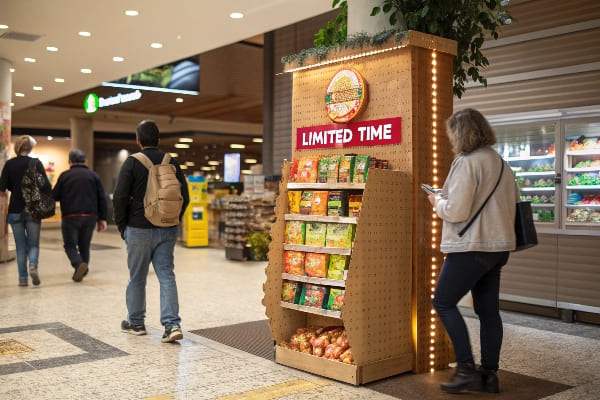
What “POP stand” usually includes
I see four everyday meanings on briefs. The first is a floor display1. It stands alone, takes cases, and claims an aisle end. Many reports show floor units holding the largest share in POP, roughly four in ten units, because they carry real inventory and deliver instant impact. The second is a pallet display2. It rides into the store on a pallet and sets fast for big box retailers. The third is a countertop display. It sits by the register for add-on goods. The fourth is a shelf-tray or display pack. It slides onto existing shelves and improves facings. I add hang tabs and clip strips as light options. They are cheap and fast for trial.
| Element | Typical Options | Why it matters |
|---|---|---|
| Structure | Floor, Pallet, Countertop, Shelf-tray | Defines load and footprint |
| Board | E-flute, B-flute, double-wall | Sets strength and print look |
| Digital, offset, water-based inks | Balances MOQ, speed, color | |
| Finish | Gloss, matte, nano-coat | Impacts scuff, water, UV |
| Setup | Flat-pack, pre-glued | Controls labor and damage |
What is a pop standee?
Managers love standees for theater impact, yet many fail because they wobble or block aisles. I refine structure and footprint early so retail approves the plan fast.
A POP standee is a life-size graphic figure or shaped board that stands on its own and promotes a product or campaign. It is not a shelf. It is a branded sign with presence, often die-cut and lightweight.
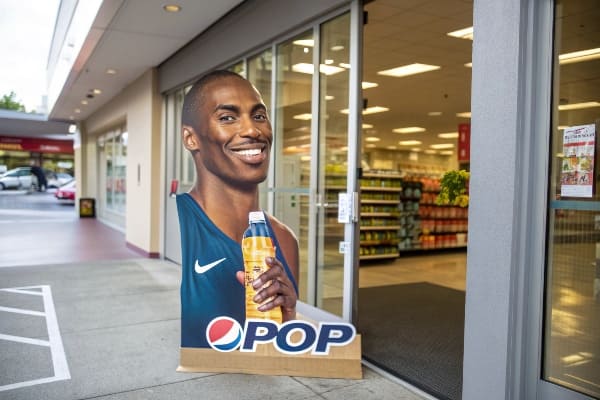
What makes a good standee
A strong standee starts with a stable back-leg or A-frame3. I size the foot to the traffic pattern and store rules. I keep the center of gravity low. I avoid tall, narrow heads with no support. I use double-wall for busy stores4.
Stability and quick setup
I test fold lines and locks with one person and a stopwatch. Most buyers need under two minutes setup. I mark assembly steps on the back panel. I add a small QR for a 20-second video. I use nano-coat for splash zones so the piece resists scuffs and light moisture and still recycles.
Safety, approvals, and my field note
A standee must not block exits or trip shoppers. It must pass retailer height limits. In one big launch, my first sample swayed under HVAC. I added a hidden cross brace and a sand-filled foot. It passed the next day and shipped on time.
| Risk | Cause | Fix |
|---|---|---|
| Wobble | Narrow base | Wider foot, cross brace |
| Curl | Humidity | Heavier board, better grain |
| Slow setup | Complex locks | Pre-glue, print steps on back |
| Damage in transit | Loose pack | Tight flat-pack, corner guards |
What are the pros and cons of pop displays?
Every buyer wants impact and low cost at once. You can get both, but there are trade-offs. I map them before art begins to avoid late surprises.
POP displays offer fast speed, low cost, and high flexibility with strong branding; downsides include lower long-term durability, potential color variance, and setup labor. Good specs, board choice, and flat-pack design reduce these risks without killing budget.
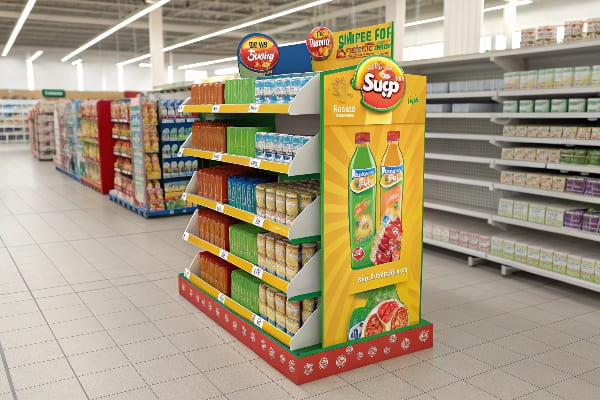
Benefits that grow sales
POP displays5 give reach fast. Digital print lets me run small lots and personalize regions or languages. This helps when you test a new SKU or a seasonal flavor. Corrugated board is light, easy to cut, and fully recyclable in most markets. This matches retailer goals and Gen Z values. Fast turnaround supports tight launch dates. In North America, demand is steady and rules are clear. In Asia-Pacific, growth is rapid, pushed by urban retail and e-commerce. I ship many PDQ trays to big clubs because they move volume and drop in fast.
Risks and how I manage them
Cardboard is not steel. It bends if loads are wrong. So I run simple load tests and transit tests before mass. Color can shift if paper stock changes. So I lock the paper spec and ICC profile. Some coatings block recycling. So I choose water-based inks6 and recycle-friendly coats. Setup takes time if the design is tricky. So I pre-glue and print steps on the back. Material costs can swing. So I design for efficient sheet usage.
| Factor | Pro | Con | My mitigation |
|---|---|---|---|
| Cost | Low unit cost | Price swings in pulp | Lock paper spec, optimize nesting |
| Speed | Quick design/print | Rush errors | One-day pilot build |
| Branding | Full-bleed graphics | Scuffs | Nano-coat, ship sleeves |
| Sustainability | Recyclable | Bad laminates hurt recycle | Water-based inks, friendly finishes |
| Strength | Good for short term | Not for years | Double-wall, smart bracing |
What is the difference between POS and POP displays?
People use POS and POP like twins. Stores do not. Wrong terms cause wrong placements and returns. I draw a clean line so briefs match retail rules.
POP (point-of-purchase) is the broader in-store marketing near products anywhere in the store; POS (point-of-sale) is the checkout area. POP drives discovery and trial; POS targets add-ons and last-minute decisions at the register.
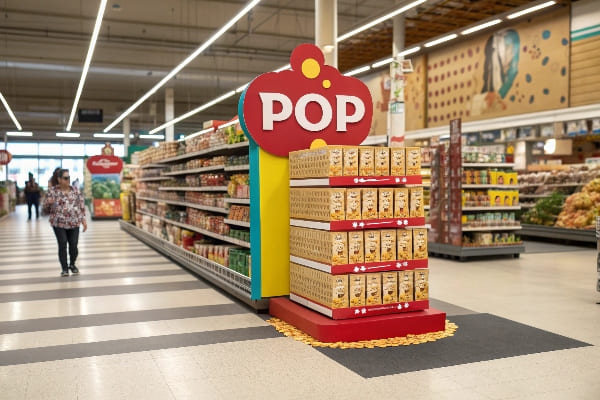
Simple definitions I use with teams
I keep it simple. POP7 covers displays on aisles, endcaps, pallets, floors, and shelves. POS8 covers displays at or behind the counter and self-checkout. POP owns education, size, and storytelling. POS owns speed and tiny footprints. The goals differ, so the specs differ.
Where they live and how that changes design
POP sits where shoppers browse and have time to look. So I use taller headers, deeper trays, and bolder storytelling. I can hold real inventory. POS sits in crowded checkout lanes. So I keep the unit narrow, safe, and one-hand reachable. I trim copy to the one promise that closes the sale. I pick quick-grab packs and small hooks. I watch ADA and height rules closely.
Budgets, KPIs, and approval paths
POP budgets are bigger per unit, since the display carries stock and delivers a mini-brand zone. Success looks like lift, share gain, and basket size. POS budgets are tighter per unit but run in large counts. Success looks like unit velocity per lane and attachment rate. Category and store teams approve POP. Front-end managers approve POS. When we match the term to the goal, we quote faster and ship smoother.
| Aspect | POP | POS |
|---|---|---|
| Location | Aisle, endcap, floor, pallet, shelf | Checkout lane, counter, behind register |
| Purpose | Discovery, trial, storytelling | Impulse add-on, quick close |
| Formats | Floor, pallet, shelf-tray, standee | Countertop trays, small clip strips |
| Dwell time | Longer | Short |
| KPIs | Category lift, basket size | Attachment rate, units per lane |
| Approvals | Category/merch teams | Front-end/operations |
Conclusion
POP stands turn quiet shelves into sales. Define the format, fix strength early, and match POP vs POS to goals. Then print fast, set fast, and recycle cleanly.
Understanding floor displays can enhance your marketing strategies and improve product visibility in stores. ↩
Exploring pallet displays can help you optimize space and increase sales in big box retail environments. ↩
Understanding the importance of a stable back-leg or A-frame can enhance your standee’s effectiveness and safety. ↩
Exploring the benefits of double-wall construction can help you create more durable and effective standees for high-traffic areas. ↩
Explore how POP displays can enhance visibility and drive sales in retail environments. ↩
Learn about the environmental benefits of water-based inks and their role in sustainable packaging solutions. ↩
Understanding POP can enhance your marketing strategies by leveraging effective display techniques. ↩
Exploring POS systems can help you optimize sales at checkout and improve customer experience. ↩

